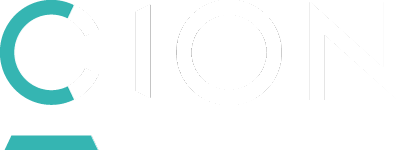Featured Article
Q2 2024 Outlook:
Why Investors Should Course Correct More Frequently
It was 7 a.m. on June 28, 1927, when pilot Lester J. Maitland and his navigator Albert Hegenberger climbed into The Birds of Paradise, a Fokker C-2 Trimotor, and took off from an airfield in Oakland,…
Filter by Category:
Content Type:
Sort By:
